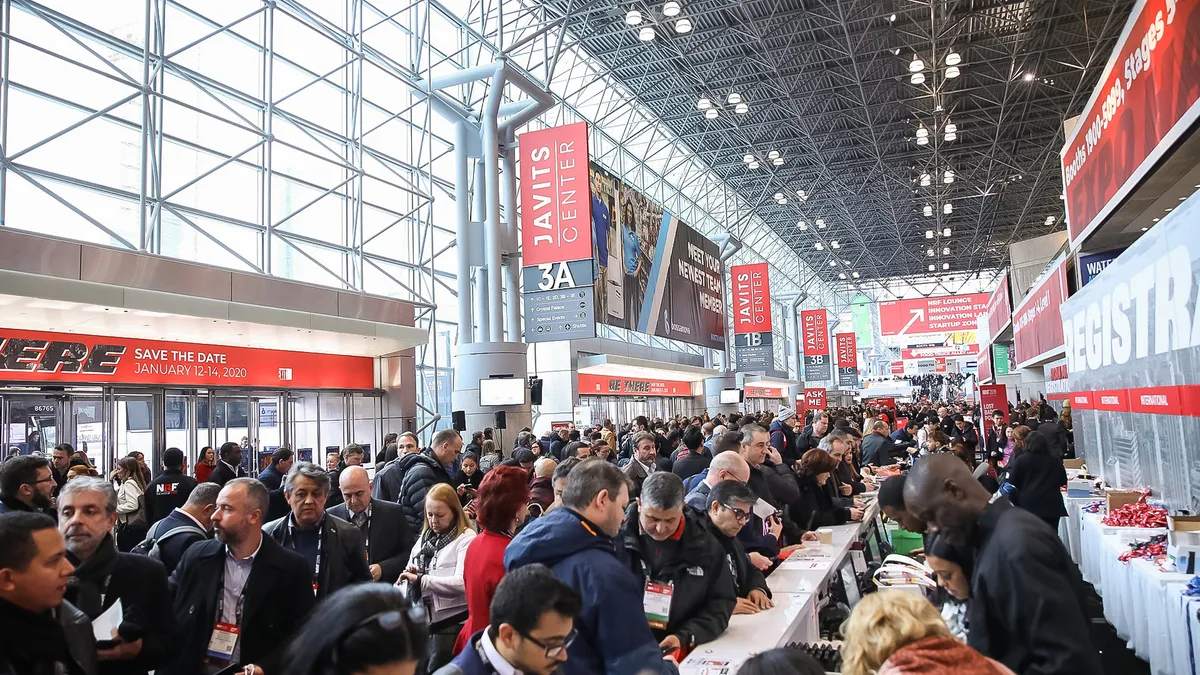NEW YORK — Big numbers are likely on the way as third party logistics providers (3PLs) prepare to release delivery data from 2018's peak season, but they had one considerable advantage that ought not be left out of the conversation. By a quirk of the calendar, 2018 peak season was long — 32 days long to be exact.
In 2019, the period between Black Friday and Christmas Eve will be just 27 days, Andrew Lipsman, principal analyst for retail and e-commerce at eMarketer, pointed out during a panel discussion on the future of fulfillment at the National Retail Federation's (NRF) "Retail's Big Show" in New York City.
This means in order to get the growth in 2019 that both retailers and 3PLs crave, they will have to do more work in roughly 85% of the time.
Bala Ganesh, vice president for corporate engineering at UPS, laid out what steps UPS would take to achieve the same success as they did 2018. His top-line message was that not just capacity, but flexible capacity is paramount — the kind of flexibility that allows UPS to double its usual volume in December.
Behind that flexible capacity is a fair bit of automation. The parcel carrier has been building out a "smart logistics network," which will consist of a "super hub" in Atlanta able to sort 100,000 packages per hour along with 22 automated facilities around the world the company says will be 35% more efficient than its traditional models.
Beyond hardware, there is also a fair bit of tech-enabled planning to be done. UPS' recipe for success, as explained by Ganesh, is better positioning of inventory and better prediction algorithms. Along with automated route planning for delivery drivers, Ganesh said: "What all this warehouse technology facilitates is more control over all of these aspects."
The company is also relying on its largest customers to share their forecasts and information like expected large format item volumes — a growing sector causing some headaches in the 3PL business.
All of this adds up to that elusive "flexible capacity." The theme of flexibility is evident at NRF's show whether it be through more automation every day or robots-as-a-service (RASS) business models that can shrink or grow a retailer's robotic workforce. Vendors are responding to the need for complete assurance that they can turn up capacity on-demand for small slices of the fluctuating calendar.
"It's going to be an interesting year," said Ganesh.














